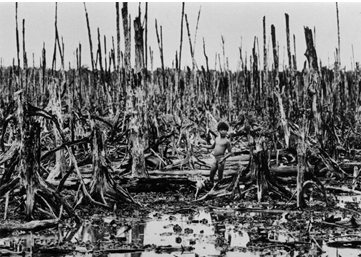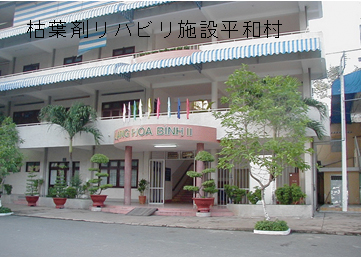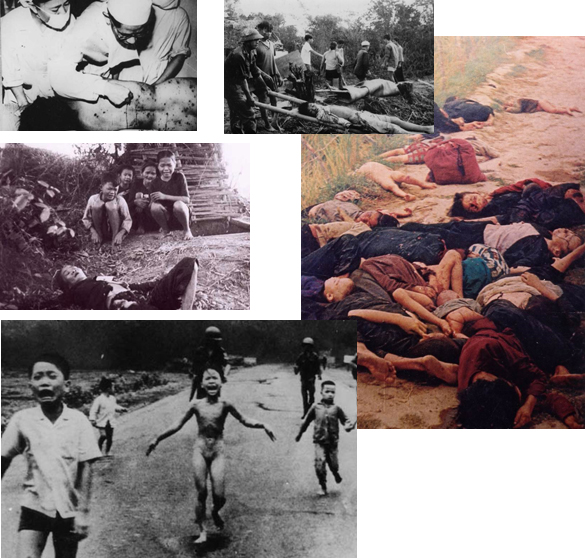The War Remnants Museum was opened on September 4, 1975 and is currently a member of the Vietnam Museum Network, the International Museum for Peace (INMP) and the International Council of Museums (ICOM). The museum studies, collects, stores, and exhibits the sins and the aftermath of the war of aggression in Vietnam. In this museum, we talk to people around the world about opposition to unrighteous wars, friendship, and peace protection. I am telling you. Currently, the museum is holding 9 permanent exhibitions and special exhibitions, and also provides a place where the war-experienced people and the general public can interact. The museum, which is visited by nearly 1 million visitors every year, is one of the most significant and cultural destinations for both Vietnamese and foreign tourists.
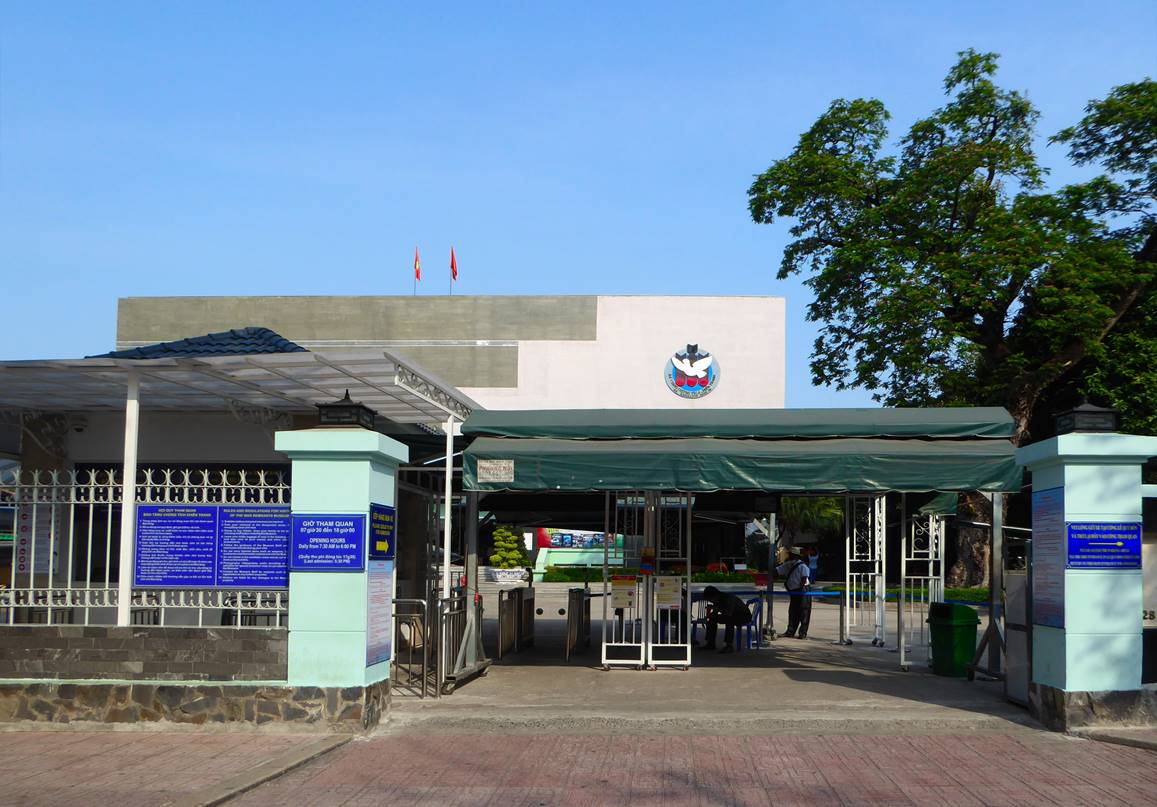
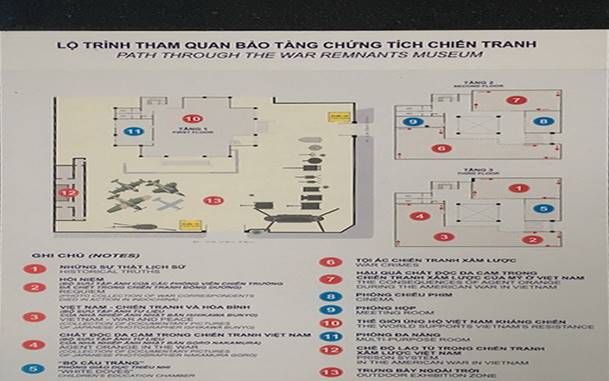
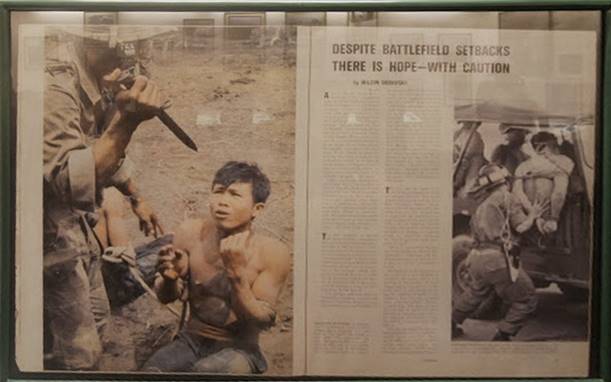
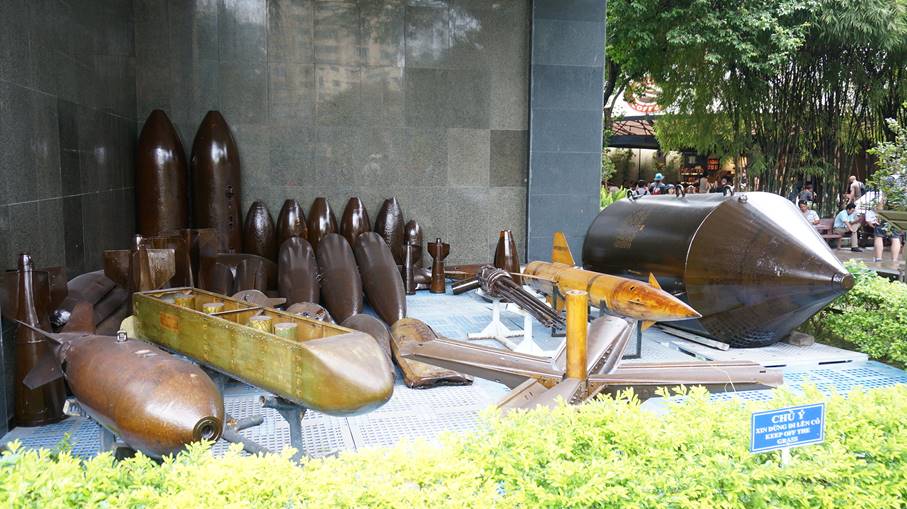
The museum is open from 7:30 to 16:30, centered on a three-story exhibition hall. On the premises, there are an outdoor exhibition of fighters and tanks used in the Vietnam War, as well as a prison at Con Son Island Prison. There are recreated buildings and shops.
Inside the exhibition hall, various records that trace the footsteps of the war, such as relics such as cannons and bombs, and news photographs at that time, are displayed. There is also a children's corner displaying pictures of people who are victims of defoliants after the war and anti-war posters collected from all over the world.
There is a floor that introduces war photographers and news photographers who died during the Vietnam War, and travelogues about photographers around the world, including Robert Capa, are displayed with their photographs.
Many Japanese photographers are also introduced, and "Escape to Safety" by Kyoichi Sawada, who won the Pulitzer Prize for Photography, is also on display. In addition, there is a sentence introducing Taizo Ichinose, who is known for "If you step on a mine, goodbye", and a photo of his favorite camera (Nikon F. The bullet penetrates), as well as Bunyo Ishikawa and Goro Nakamura. There is a permanent corner. In addition, in the corner provided by the Japanese Communist Party, the state of the anti-war movement by Beheiren and others in Japan at that time and advertisements on the red flag paper are also displayed. War Remnants
Museum Source: From the free encyclopedia "Wikipedia"
